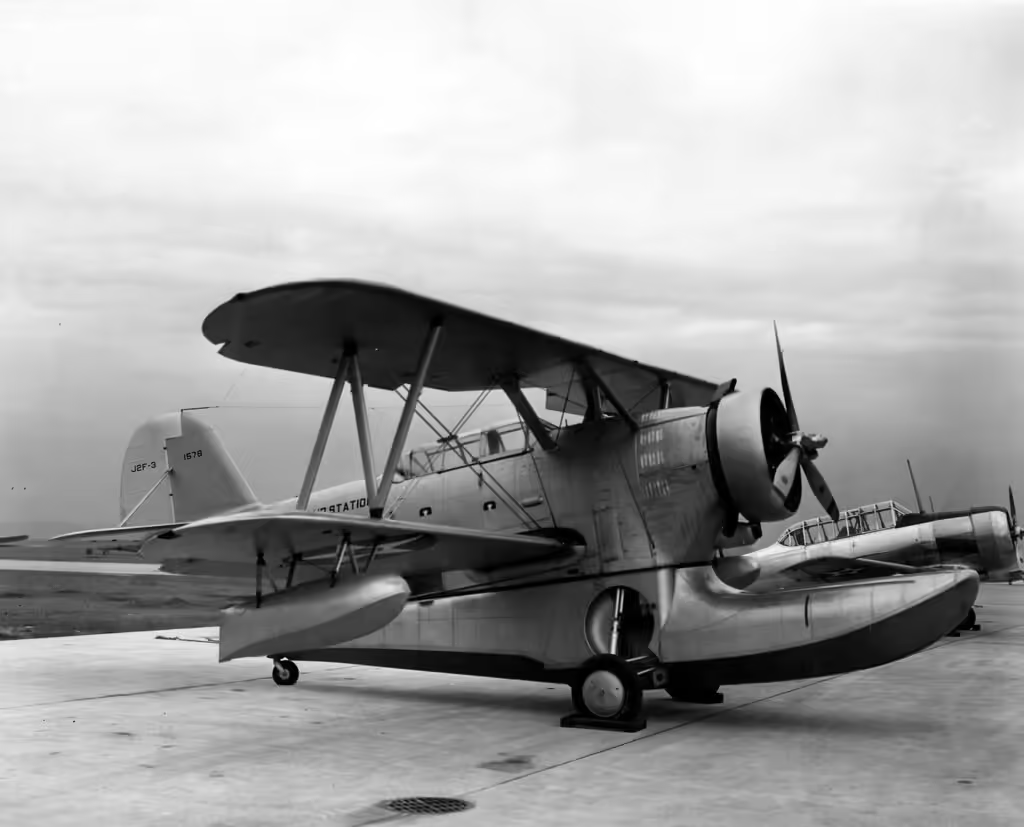
Table of Contents
Humanity has always been fascinated by flight, so when the Wright Brothers developed their Wright Flyer and successfully completed powered flight on December 17, 1903, humanity was finally able to take to the skies. The variety of designs was staggering among the millions of aircraft produced over the following decades, with more than 68,000 of them produced during World War I alone.
The old aviation adage, “If a plane looks right, it flies right,” carries a lot of weight when it comes to aircraft design and appearance. From the vintage commercial Cessna 172 to the F-35 Lightning II, the military’s most powerful fighter jet, many aircraft are considered iconic. Each of these is a plane visually distinctive, owing some of their designs to efficiency. But what of those planes whose looks are odd if not ugly? Perhaps the greatest among that dubious group is the Curtiss Goupil Duck.
Read more: The 10 Most Legendary Planes Of WW2 Ranked From Worst To Best
Rise Of The Goupil Duck

The Curtiss Goupil Duck is the result of the efforts of two aviation pioneers. French engineer Alexandre Goupil is credited with creating the initial design of the duck. In 1883, he was the one who designed and tested the steam-powered, two-winged sesqueplane that would eventually become the Curtis Goupil Duck. The book La Locomotion Aérienne, which included Goupil’s detailed notes on flight-related topics and his work with this design, was published a year later.
Glen Curtiss, pioneer of aeronautics and opponent of the Wright brothers, came to know about this book. He and the Wright brothers were involved in a legal dispute over who came up with the idea of lateral control and who patented it. This method allows the aircraft to regularly roll side-to-side, resulting in stable flight. Curtis thought that Goupil’s design was an attempt to prove that it was older than the Wright Brothers’ aircraft.
So, on January 19, 1917, he launched the Duck powered by a Curtiss OXX-6 engine from his facility in Buffalo, New York. Then the plane took off in the sky. Curtis would lose the case despite demonstrating powered flight and proving that the Wright Brothers did not invent lateral control with the duck. still,things were corrected during World War I through arbitration as the U.S. government needed the Wright brothers to release the patent on lateral control to ease mass aircraft production processes.
Best Of The Worst?

Even though it technically works well, ducks are unattractive. It is not alone in the world of ugly aircraft, as other nations have produced models that fit this classification. Designed to defend against Zeppelin attacks during World War I, the British AD Scout, for example, was known as an “upside-down biplane”. The Italian-made Caproni Stipa flying barrel propeller is housed in the aircraft’s barrel-shaped fuselage, with a large barrel attached to it. The McDonnell XF-85 Goblin was the American version, shaped like a silver football and small enough to fit in the bomb bay of a B-36.
The “Ugly Duckling” will be able to take off and land on water, and aircraft versions are being developed for land and sea. Goupil’s study of flying species serves as a model for his general design, which is the duck. The Curtiss Goupil Duck may lay claim to being the ugliest aircraft in history, but it is undoubtedly in excellent company.
READ | Out of Service: The History of the Douglas DC-7


1 thought on ““Is the Goupil Duck the ugliest airplane in history?””